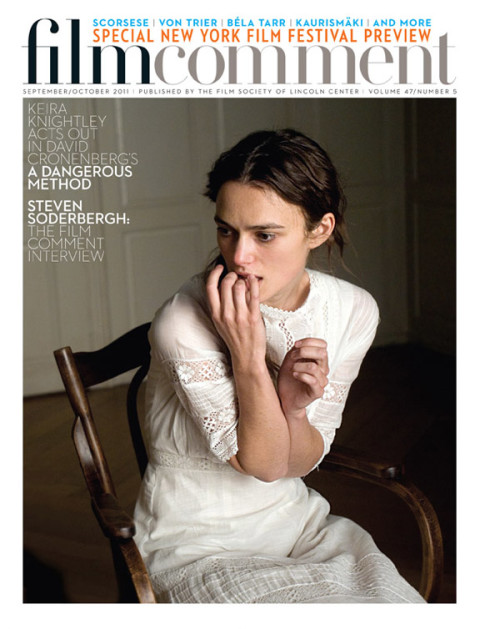
Let’s start with the bad news. The screenplay isn’t good. We suspected as much from the coverage at Cannes and our in-house appraisal of the Internet trailer. But we’ve now seen the press screening, and, I’m sorry to say, the script’s terminal-illness and teen-angst clichés are more aggressively malignant than we feared.
The details recycled from better films, the maudlin emotional overreach—those we were prepared for. But there are . . . additional complications. We never expected that an inspirational romance this contrived could be this confused, this confusing. I mean, we’ve seen it twice now and there are major plot points we still don’t understand, supporting players whose presence baffles us.
We anticipated the excess of sympathetic hardships, the unsustainable levels of manufactured pathos. As we feared, the hyper-histrionic scenario is cannibalizing itself like some autoimmune disorder; the harder it tries to make us invest in the characters’ plight, the more transparently calculated each scene feels. But we had never guessed that a disease-of-the-week weepie could metastasize so much meaningless quirk in so brief a running time.

Henry Hopper (son of Dennis) plays shaggy-haired Enoch. His character is orphaned in a car crash and spends months in a coma; is cruelly bullied at school, fights back, and is promptly expelled; becomes fixated on death, is borderline suicidal, and starts crashing strangers’ funerals, dressed in bespoke suits and Doc Martin sneakers, Edwardian jackets and drainpipe trousers, wide-spread collars and black skinny ties.
And did I mention that his near-death experience was a real-death experience, that he legally died, was resuscitated, and returned from the afterlife with the friendly ghost of a kamikaze pilot named Hiroshi (Ryo Kase)? (Magical realism? Schizophrenic delusion? The ambiguity makes it art!) Shades of Donnie Darko? Maybe. Bud Cort’s Harold? Definitely. James Dean’s Rebel? Daddy Dennis was one of the greasers!
So Enoch and the Girl, Annabel, meet cute at a funeral. She’s played by Mia Wasikowska, a luminous gamine sporting a Mia Farrow crop, Jean Seberg sailor shirts, and Diane Keaton derby hats, plus 19th-century cameos and lots of autumnal tweeds. (“People like to wear bright colors these days,” she explains.) Chromatic contrasts aside, these symmetrically elfin beauties make quite the couple, with their complementary androgyne coiffures, chicken chests, and neoclassical hipster ensembles, not to mention matching his-and-her tragedies. Because Annabel—who has an absentee father and an alcoholic mother, and has lost at least two friends to cancer—is dying of cancer herself. Beautiful-people cancer, that is. No chemo, no invasive surgery, though in one scene she plays the board game Operation and symbolically removes her own brain.

Thus we return to Van Sant’s primal scene: a moribund beauty photographed before high-school sports fields, under overcast fall skies, in tree-lined suburban streets dappled with wet leaves. I have to admit that I find the nostalgic waxing lyrical of Van Sant’s Americana irresistible, that I swoon to his classical studies of ephebic beauty, the shades of sexuality too languorous to be carnal, as if all the camera wanted was to lean in and kiss them softly on the head.
No cinematographer has better meshed with Van Sant than Harris Savides, who shot this and five other of the director’s films. The softly underexposed naturalism the the two have perfected is a delicately revelatory aesthetic. It transcends language, transcends the plastic deformations of “style,” and, frankly, transcends this script. Though Restless will remain a minor Van Sant title, it’s still recognizably his, and contains as much irreducible, irresistible beauty as that implies.








